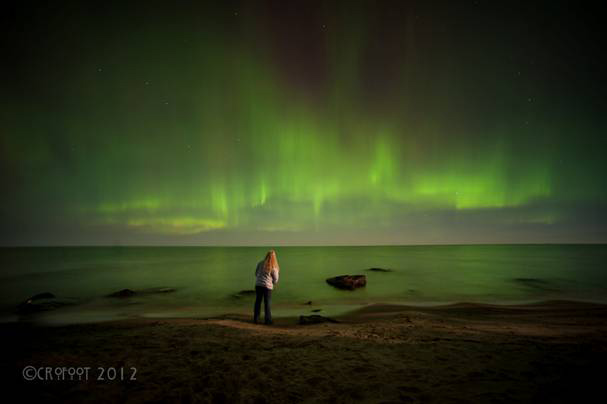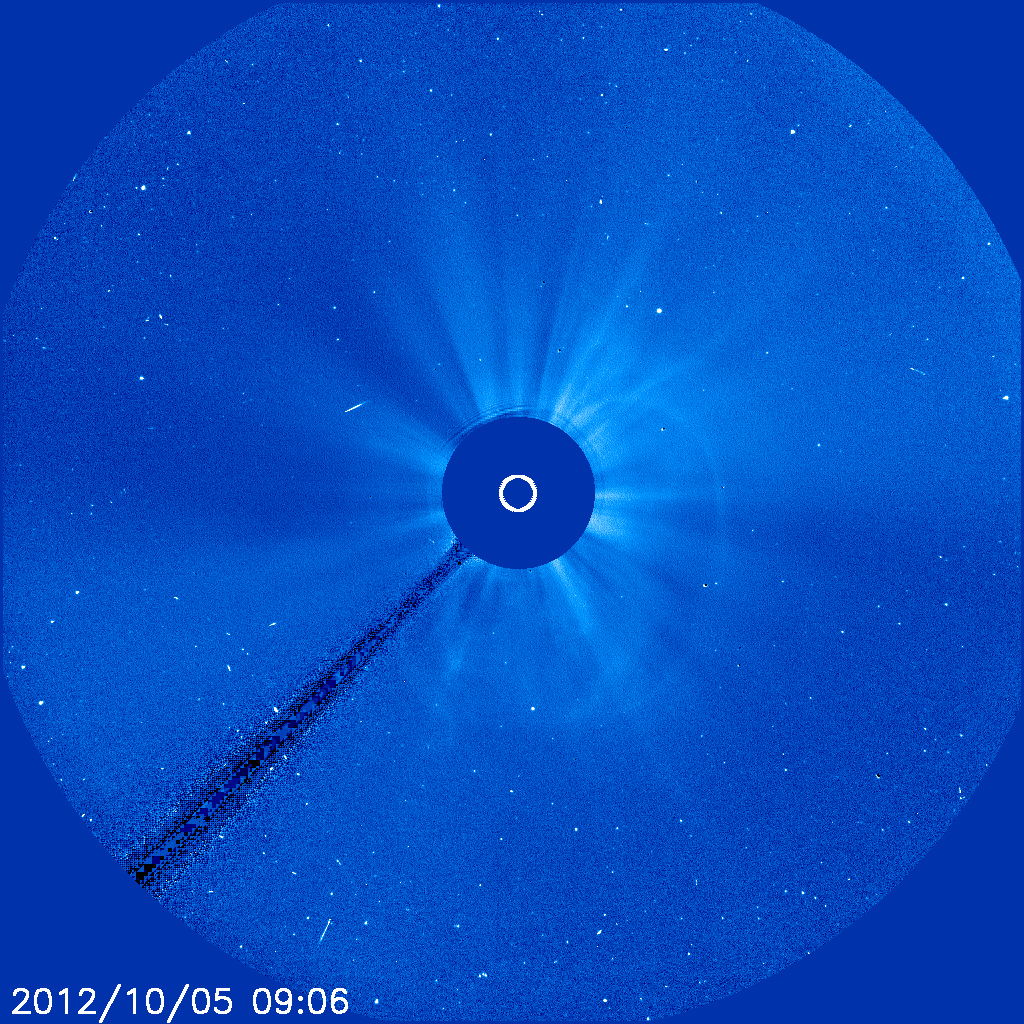Solar Eruption May Boost Northern Lights Displays Tonight

A huge explosion on the sun has flung a wave of solar particles toward Earth, an eruption that may amp up northern lights displays on our planet Monday night (Oct. 8).
The solar eruption occurred late Thursday (Oct. 4) when the sun unleashed what scientists call a coronal mass ejection, or CME, NASA officials explained in a statement.

"Not to be confused with a solar flare, which is a burst of light and radiation, CMEs are a phenomenon that can send solar particles into space and can reach Earth one to three days later," NASA officials wrote. "Experimental NASA research models show the CME to be traveling at about 400 miles per second."
For comparison, at 400 miles per second, the coronal mass ejection is traveling about 1.4 million miles per hour (2.3 million kilometers per hour).
The website Spaceweather.com, which chronicles solar weather and other celestial events, reported today that the CME should reach Earth Monday and deliver a "glancing blow" to our planet's magnetic field.
The interaction of the charged particles and Earth's upper atmosphere could create dazzling northern lights displays overnight on Monday and Tuesday (Oct. 8 and 9) over the planet's polar regions.
"High-latitude sky watchers should be alert for auroras, especially during the hours around local midnight," Spaceweather.com officials wrote.
Breaking space news, the latest updates on rocket launches, skywatching events and more!
Coronal mass ejections are the most powerful explosions on the sun. When aimed directly at Earth, strong CME events "can affect electronic systems in satellites and on Earth," NASA officials said.
But CME events traveling at similar speeds to the one observed Thursday have not typically triggered major problems on Earth, or in satellites orbiting the planet, in the past, they added.
The sun is currently in the middle of an active phase of its 11-year solar weather cycle. The current cycle, called Solar Cycle 24, is expected to peak in 2013.
Editor's note: If you snap amazing photos of the northern lights displays from the solar eruption and want to share them with SPACE.com for a story or image gallery, send images, comments and location information to managing editor Tariq Malik at tmalik@space.com.
You can follow SPACE.com Managing Editor Tariq Malik on Twitter @tariqjmalik and SPACE.com on Twitter @Spacedotcom. We're also on Facebook & Google+.

Join our Space Forums to keep talking space on the latest missions, night sky and more! And if you have a news tip, correction or comment, let us know at: community@space.com.

Tariq is the award-winning Editor-in-Chief of Space.com and joined the team in 2001. He covers human spaceflight, as well as skywatching and entertainment. He became Space.com's Editor-in-Chief in 2019. Before joining Space.com, Tariq was a staff reporter for The Los Angeles Times covering education and city beats in La Habra, Fullerton and Huntington Beach. He's a recipient of the 2022 Harry Kolcum Award for excellence in space reporting and the 2025 Space Pioneer Award from the National Space Society. He is an Eagle Scout and Space Camp alum with journalism degrees from the USC and NYU. You can find Tariq at Space.com and as the co-host to the This Week In Space podcast on the TWiT network. To see his latest project, you can follow Tariq on Twitter @tariqjmalik.
